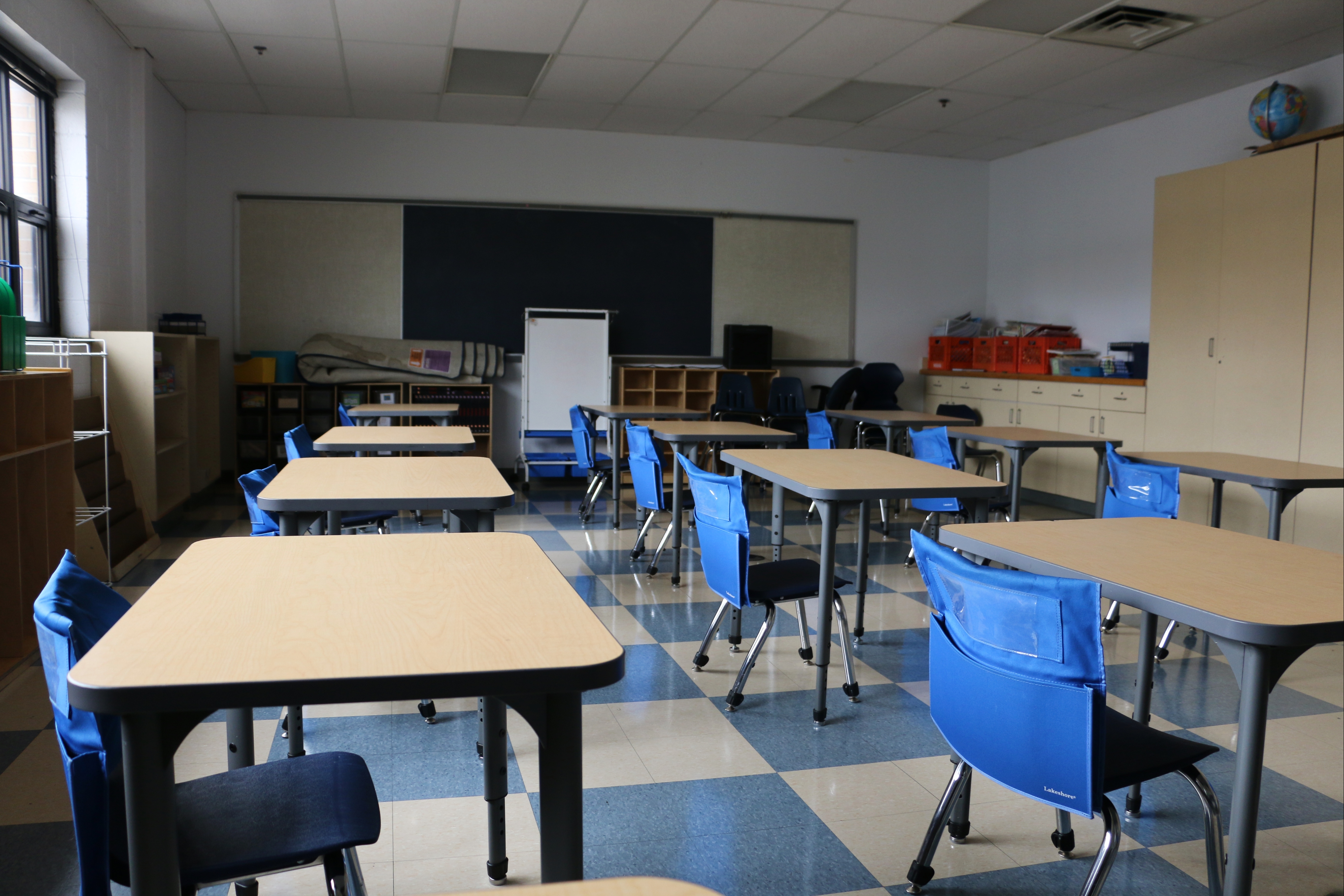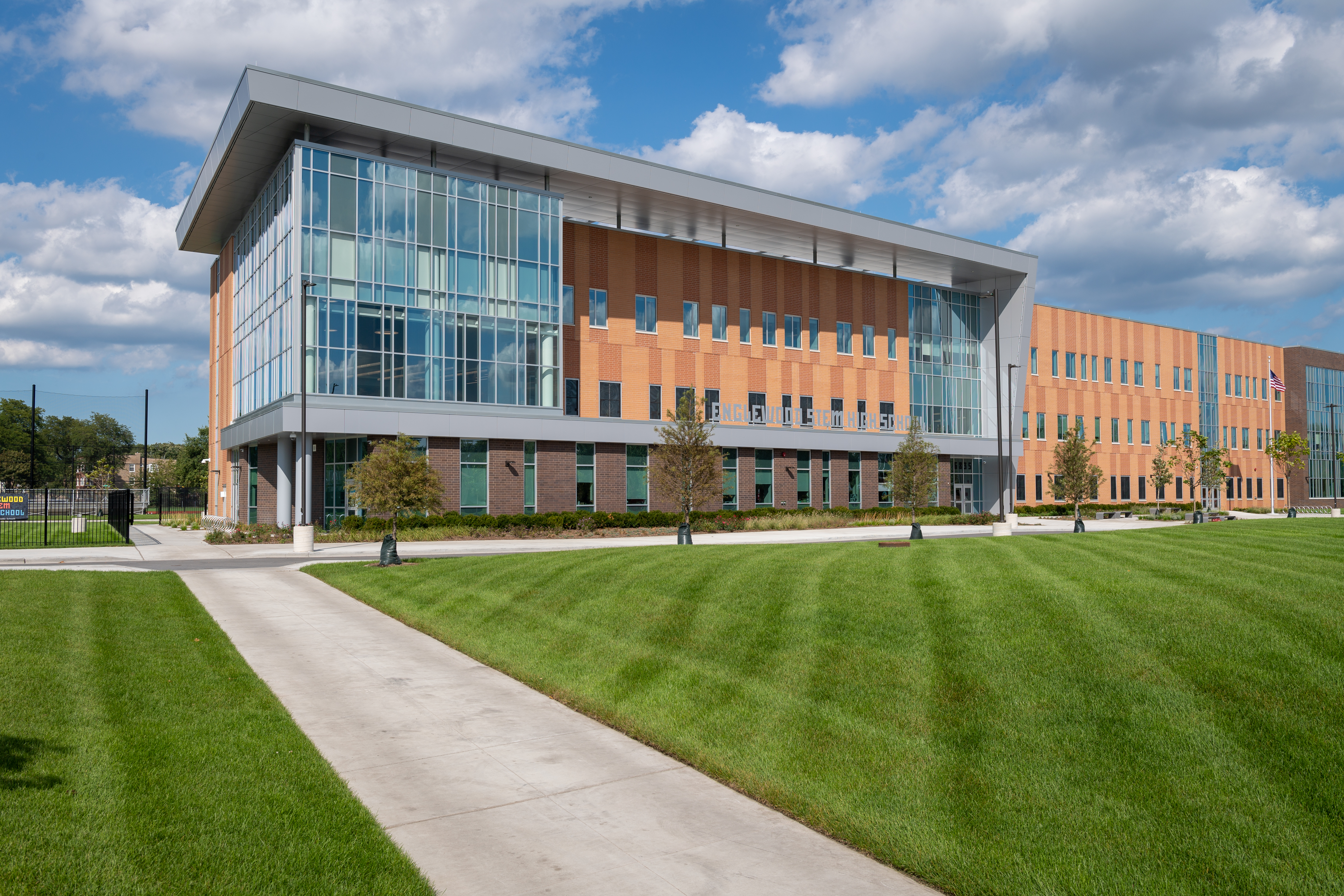The Impact of Institution Environments on Academic Success and Personal Health
The school setting dramatically influences both academic success and individual wellness, encompassing components such as physical format, classroom atmosphere, and social dynamics. The layout of instructional spaces, including natural lighting and ergonomic furniture, can improve trainees' focus and convenience. The high quality of teacher-student relationships and the nature of peer communications play essential roles in promoting an environment favorable to learning and emotional support. Understanding how these numerous variables interplay to shape pupil end results raises important inquiries about enhancing educational settings for all natural development. Exactly how can institutions strategically boost these elements to better support their students?
Physical Format and Layout
Just how does the physical layout and layout of an institution impact scholastic success? The setup and aesthetic of a school setting can considerably influence pupils' knowing outcomes. A well-designed college format advertises ease of movement, reduces distractions, and promotes a sense of security and belonging. As an example, broad corridors and plainly marked areas facilitate smooth changes in between courses, lessening lateness and interruption. Furthermore, purposefully put usual locations motivate social communications, which are essential for emotional and social development.
Natural lights and efficient ventilation systems are crucial in improving cognitive function and decreasing absence. Researches have revealed that class with enough natural light enhance student concentration and minimize sensations of sleepiness. Moreover, ergonomic furnishings customized to pupils' needs can stop physical pain, permitting extended focus and interaction in scholastic tasks.
Access to outdoor rooms and visually pleasing surroundings additionally play an essential duty - Save Temecula Schools. Green rooms and well-maintained institution premises supply chances for physical workout and psychological leisure, both of which are important for maintaining high levels of scholastic performance. Essentially, a thoughtfully made physical atmosphere can work as a catalyst for scholastic excellence, fostering an ambience that sustains both teaching and understanding
Classroom Atmosphere
An environment that promotes a feeling of safety, inclusivity, and shared respect encourages pupils to engage even more actively in their learning procedures. The setting of a class, including facets such as lights, noise degrees, and seating setups, can dramatically influence trainee focus and inspiration.
Furthermore, the class ambience ought to support a culture of partnership and open interaction. They are more likely to engage deeply with the product and create essential thinking skills when pupils really feel comfortable revealing their ideas and asking concerns. Peer communications and team tasks can improve discovering by fostering and supplying diverse viewpoints team effort
Furthermore, establishing clear assumptions and regular routines can develop a structured atmosphere that allows students to concentrate on their researches. By decreasing uncertainty and supplying a predictable structure, pupils can better handle their time and obligations. Ultimately, a favorable classroom environment not only boosts academic performance however also adds to the total wellness of trainees, preparing them for future instructional and personal endeavors.
Teacher-Student Relationships
Structure on the importance of a positive classroom environment, the connections between instructors and students play a pivotal duty in forming scholastic success. A healthy and balanced teacher-student relationship cultivates a learning atmosphere where students feel valued, recognized, and sustained, which dramatically improves their motivation and interaction. When pupils view their teachers as approachable and understanding, they are more most likely to take part proactively in class and look for assistance when needed, adding to a deeper understanding of sites the subject issue.

This depend on allows pupils to share their concepts and problems freely, promoting a collaborative knowing setting. In essence, solid teacher-student relationships are a cornerstone of instructional success, playing a vital duty in both academic success and individual growth.
Peer Interactions
Peer communications significantly influence scholastic success by forming a student's cognitive and social advancement. Within the school setting, peer connections act as a fundamental component for discovering and personal growth. Favorable peer communications can improve a pupil's motivation and involvement in academic tasks via collective learning and common assistance. check this site out When students interact in group settings, they exchange concepts, resolve issues collectively, and create critical thinking skills. Such interactions foster a sense of belonging and neighborhood, which is essential for psychological health and academic perseverance.

Efficient peer interactions additionally add to the advancement of vital life abilities, such as interaction, conflict, and participation resolution. These social proficiencies are crucial for both scholastic success and personal wellness, emphasizing the significance of fostering favorable peer characteristics within the college setting.
After-school Activities
Involving in extracurricular activities plays an essential function in a trainee's academic success and individual development. Study constantly indicates that students that take part in extracurricular tasks often tend to achieve greater scholastic efficiency.
Moreover, extracurricular participation promotes a sense of belonging and community, which is necessary for personal health. Joining group activities allows trainees to develop and enhance social media networks, enhancing their psychological and social intelligence. These communications are critical for developing social skills that are valuable in both scholastic and future specialist settings.
Furthermore, extracurricular activities offer a useful outlet for students to discover their rate of interests and passions past the typical educational program. This expedition can bring about the discovery of brand-new skills and potential job paths, better motivating trainees to involve more deeply in their scholastic job. In verdict, the function of after-school activities extends past mere recreation; they are indispensable to promoting an alternative educational experience that advertises both scholastic success and personal growth.
Conclusion
Attentively developed physical designs and class, along with favorable teacher-student partnerships and constructive peer interactions, dramatically enhance student inspiration and interaction. These elements collectively highlight the value of creating and maintaining optimum more school settings for the benefit of pupils' individual and scholastic growth.
Inevitably, a favorable class ambience not just improves academic efficiency yet likewise adds to the overall wellness of students, preparing them for future academic and individual ventures.
